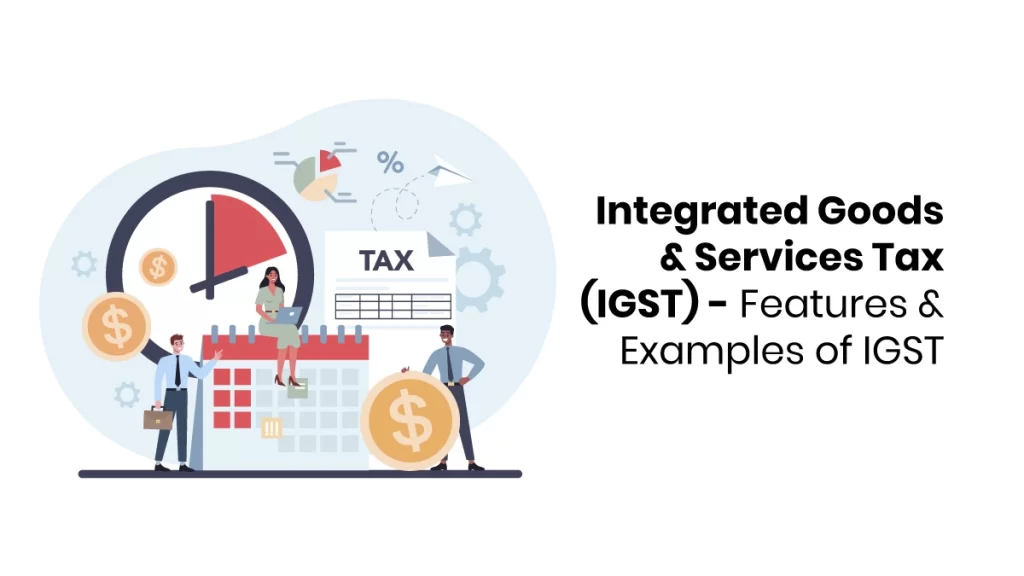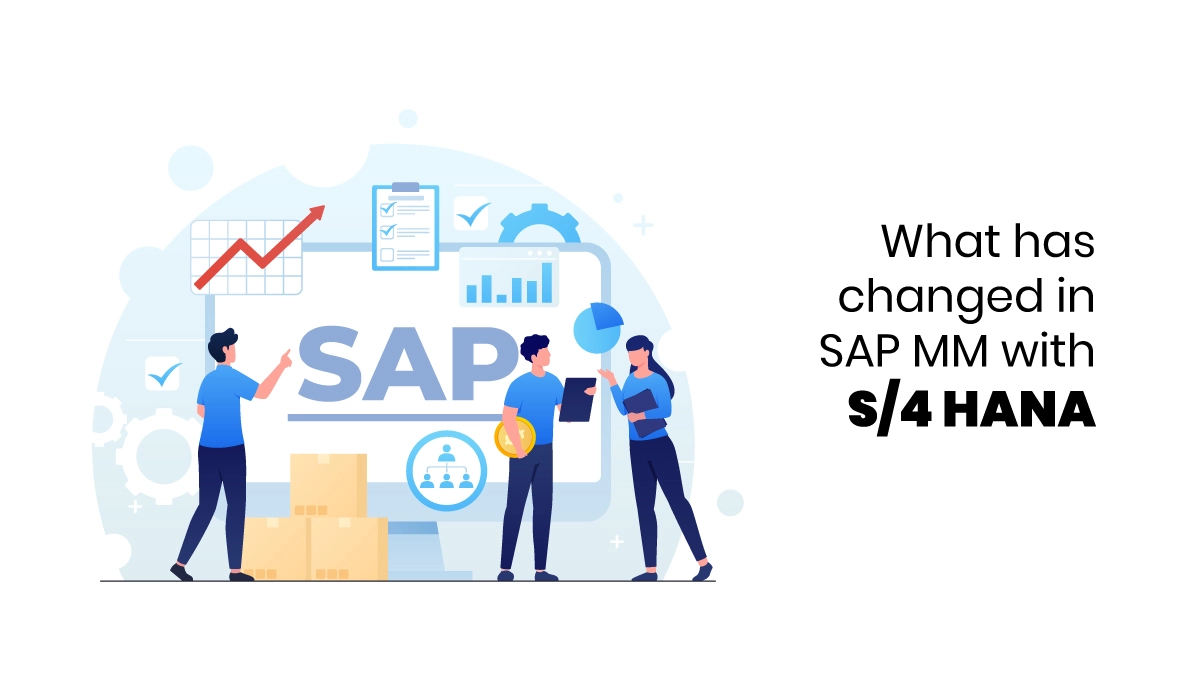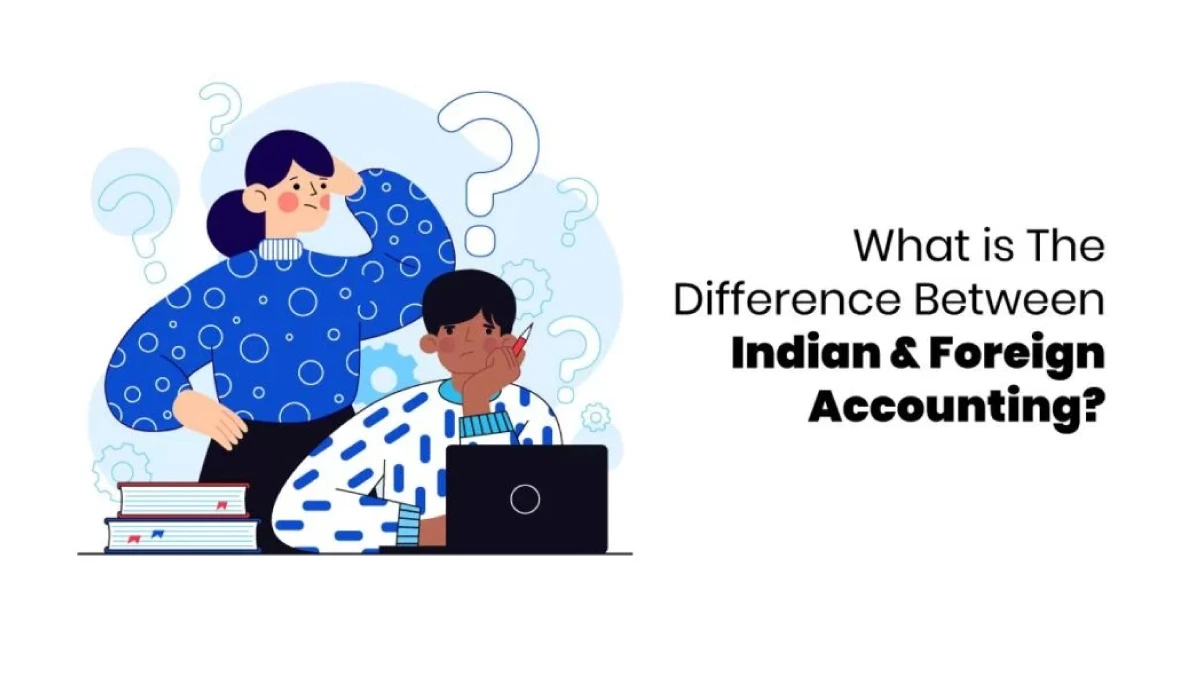The full form of IGST is Integrated Goods and Services Tax under the GST system. The rules and provisions related to this are set out in the IGST Act of 2017. This act clearly specifies that the central government is responsible for imposing IGST. This tax includes CGST and SGST, and it is applied to all the interstate transactions that involve taxable goods and services.
It also includes provisions for the consignment or stock transfer of goods and services. In cases where a seller conducts transactions outside their state, they are liable to pay IGST based on the value addition, taking into account the available credits of IGST, CGST, and SGST from their purchases. The exporting state will then transfer the credit of SGST used for IGST payment to the Centre.
On the other hand, the importing dealer can claim credit for IGST when fulfilling their output tax obligations within their state. The Centre subsequently transfers the credit of IGST used for SGST payment to the importing state. All pertinent information is also forwarded to a Central Agency, which serves as a clearinghouse mechanism. They verify the claims and inform the state governments about the funds to be transferred. The IGST system makes sure that there is a smooth flow of tax credits and revenues between the central and state governments, which provides a robust inter-state transaction structure.
Features of IGST
- Integrated Goods and Services Tax is important for the GST system.
- IGST provides an uninterrupted Input Tax Credit (ITC) chain for the interstate transaction, which helps businesses claim tax credit for their GST payments.
- When compared with other tax systems, the IGST eliminates the need for upfront tax payments for the interstate buyers and sellers, which simplifies the processes.
- IGST is non-refundable in the exporting state, ensuring a smooth flow of Input Tax Credits utilized during the tax payment.
- IGST operates as an automated monitoring system, reducing administrative burdens and enhancing efficiency.
- The system primarily involves interstate dealers and central and state governments, simplifying the tax structure.
- Dealers conducting interstate supplies are electronically registered, and email communication contributes to improved compliance.
- IGST is versatile, applying to transactions in both the “Business to Business” (B2B) and “Business to Consumer” (B2C) categories, providing comprehensive coverage.
- IGST tax revenue is equitably shared between the central and state governments in the destination (consumption) state, to ensure a balanced tax system.
- Businesses enjoy flexibility when paying IGST, as they can claim Input Tax Credit from any of the four GST categories, streamlining the process and promoting efficient tax credit utilization.
IGST on Interstate Supply of Goods or Services
The revenue from the IGST is collected by the Central government, and it is equally shared between the central and state governments of the destination states where the goods and services are consumed. If your business has an annual turnover that exceeds Rs. 20 lakhs, then this turnover threshold is applied to intrastate transactions, except in the northeastern states. Only dealers registered under the composition scheme have annual sales below Rs. 1.5 crore qualify for incentives within the state.
When the IGST is compared with other GST systems, it includes interstate transactions, imports, and exports.
It is essential to note that the IGST is applied to transactions that include Special Economic Zones (SEZs), and any import or export of goods or services to them is treated as an interstate transaction.
Under the GST system, there is a need for the registration of interstate supplies of services if the turnover exceeds 20 lakhs and 10 lakhs for the special category states.
Refund of IGST
Under the GST law, Integrated Goods and Services Tax (IGST) is paid on interstate supplies, mostly on exports, or collected in specific scenarios, and it can be refunded based on the compliance requirements and prescribed procedures.
Who is eligible to claim the IGST Refund?
Foreign Visitors
International tourists who are visiting India can claim the refunds for the goods they purchased while travelling. To claim this refund, they must follow the rules and complete the required formalities before leaving India by showing their purchase documents at the airport. This system is made to help tourism and ensure that they are not burdened by the GST paid.
Offset for Previously Paid Tax
If an individual or business has paid more GST than required due to clerical errors, miscalculation of tax, or payment under an incorrect tax head (CGST, SGST, or IGST), they may claim a refund of the excess amount based on Section 54 of the CGST Act. You can also claim the excess amount paid if the payment is made under the wrong tax head.
Export of Goods and Services
When the goods or services are exported with IGST paid, then the exporters can file for the refund of the amount paid on the GST portal using Form GSTRFD-01. Another case is if the exports are made without paying the IGST using the Letter of Undertaking (LUT) or bond, the exporters can claim a refund of unused Input Tax Credit (ITC) because they are treated as zero-rated supplies. This makes sure that the tax spent on inputs is not the cost of the exporter.
According to GST Rules, exporters may not be eligible for a GST refund in the following scenarios:
- If an exporter has already availed of the duty drawback option for CGST, SGST, or IGST, they are generally not eligible for a GST refund. However, if they have utilized the drawback scheme specifically for essential customs duty, they can still request a refund of IGST.
- Exporters who have procured inputs at a concessional rate of 0.1% may not claim a GST refund. In such cases, exports must be carried out using Letters of Undertaking (LUT) or bonds instead of paying IGST.
- Exporters who have imported inputs under the Advance Authorization program may not be eligible for a GST refund. The Advance Authorization program allows the duty-free import of materials required for manufacturing export-oriented products. However, the finished products must once again be exported using a Letter of Undertaking (LUT) or bonds, not through the payment of IGST.
You can improve your proficiency in managing GST accounting software by joining a GST certification course. Finprov is one of the top institutes that offer certifications that provide practical training and equip the learners with deep knowledge of the GST principles and practices using real-life examples. This course can be a suitable course for graduates, working professionals, chartered accountants, company secretaries, and individuals looking for career opportunities in the accounting or finance fields.
Our GST course includes the essential topics such as the fundamentals of GST, Input Tax Credit, Input Tax Credit, composition scheme, GST return filing, e-way bill, and more. These are designed in a way that they can match the learning needs of graduates and professionals who want to improve their skills and learn more with our GST Certification course. Choosing Finprov can help you access quality education and relevant insights in this field.
FAQs
- Explain IGST with an example?
Integrated Goods and Services Tax (IGST) is a unified tax that is imposed on the supply of goods and services across different states in India, on imports, and exports. For example, the CGST rate is 7% and the SGST rate is 8%, then the IGST will be 15%.
- Who is eligible for a GST refund?
You can get a refund of the amount paid in cases where you have paid extra tax or paid a huge amount due to errors.
- How much GST can be refunded?
The amount of GST that you can get is based on specific reasons for the claim and the amount that should be paid. It can range from the full amount of tax paid to the amount calculated based on unutilized Input Tax Credit (ITC).
- Can tourists get a refund of GST?
Yes, international tourists visiting India can claim a refund of the IGST paid on goods purchased in India and taken at the time of departure.
- Can I use the GST portal to apply for a GST refund online?
Yes, you can use the official GST portal to apply for a GST refund online. The entire process, from application submission to status tracking, is designed to be completed electronically to ensure efficiency and speed.










